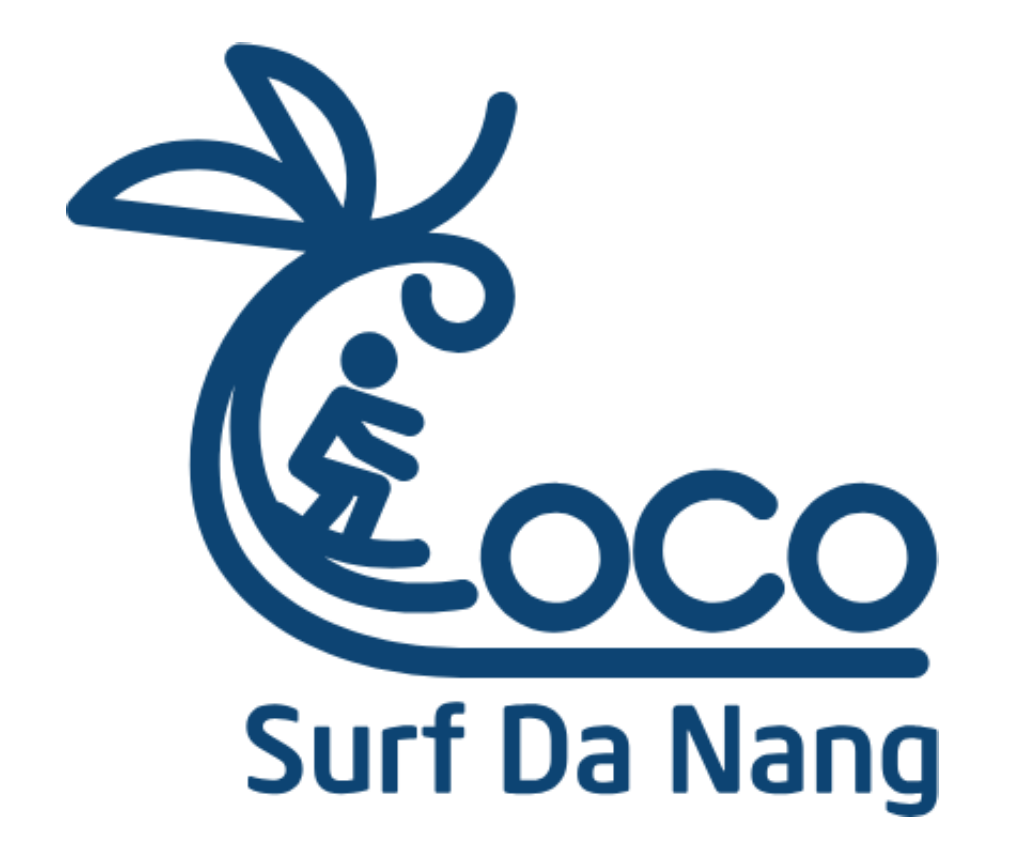Comparing Soft Top vs Hard Top Surfboards
What Are the Differences Between a Soft Top Surfboard vs Hard Top Surfboard?
Surfing is a thrilling water sport that has captivated adventure seekers for decades. As you progress in your surfing journey, an important decision is choosing between a soft top or hard top surfboard. Understanding the key differences between these two types of boards is essential to finding one that matches your skill level and surf style. This article explores the pros and cons of soft top and hard top surfboards, the materials used, and reasons to consider each when looking to take your surfing to the next level.
Overview of Soft Top Surfboards
Soft top surfboards, as the name suggests, have a soft foam deck instead of the traditional fiberglass coating. This makes them more flexible and forgiving than hard boards. They are a great choice for beginner and intermediate surfers due to their stability, safety, and affordability compared to hard top models.
Buoyancy and Paddling
The foam deck makes soft tops more buoyant, allowing them to float higher in the water. This makes it easier to balance on the board and requires less energy when paddling to catch waves. The thick rails and wide shape also add stability for novice surfers.
Crash Protection
Falling off a surfboard is inevitable, especially when learning. Soft tops provide padding if you bail, making wipeouts less painful. The foam helps cushion blows instead of abrupt crashes on solid surfaces. This reduces injury risk from rail or fin collisions.
Advantages of Soft Top Surfboards
There are many benefits for choosing a soft top surfboard as a beginner or intermediate surfer:
Added Safety and Stability
The foam deck gives soft tops enhanced grip for your feet while surfing. This allows better control so you can stand up with confidence. The materials also make soft boards more buoyant, keeping your body higher above the water when balancing. This stability reduces falls that can happen on traditional slippery decks.
Beginner Friendly
Soft tops are the ideal learner boards due to their forgiveness. The foam cushioning gives a less jarring ride than solid fiberglass when you wipe out. You’ll feel more assured falling off a soft deck that catches you versus hitting a hard surface. This builds confidence trying maneuvers as a novice.
Affordability
Because soft tops use less expensive materials like foam instead of fiberglass, they cost notably less than high-performance hard boards. This makes them a smart budget choice for surfers buying their first board or as a spare guest board.
Disadvantages of Soft Top Surfboards
While great for beginners, soft tops do come with some limitations:
Lack of Speed and Responsiveness
The foam dampens vibration feedback from the wave that helps control hard boards. Soft tops also tend to be slower and less agile responding to turns compared to lightweight rigid boards. This can frustrate surfers advancing past the beginner level.
Durability Issues
The foam and softer deck materials are more easily damaged from routine surfboard abuse. Exposure to the sun and saltwater degrades materials faster than solid fiberglass. Fins also tear out easier under torque strain. This gives soft tops a shorter lifespan than hard board counterparts.
Minimal Wave Choice
The foam and shape factors that aid stability also limit soft top versatility. Generally, soft boards don’t perform well on smaller wave faces that hard boards can handle. Most surfers find them only suitable for gentle crumbling waves under head high.
Reasons to Get a Soft Top Surfboard
Here are compelling benefits making soft tops a smart choice for beginners learning to surf:
Safer Wipeouts
Falling happens frequently progressing from novice to intermediate. Soft tops provide protective padding from rail, fin, and surface smacks when bailing off a wave. This enables progressing safely as crashes get inevitable.
Gain Balance Confidence
Standing on a surfboard requires core strength and balance. Soft tops’ enhanced grip, buoyancy, and stability builds confidence finding your footing. Their forgiveness helps commit to riding longer without harsh crashes from minor missteps. This accelerates skill progression faster than struggling on hard boards.
Affordable Investment
Quality surfboards run from $500 up beyond $1,000. As a still-developing novice, it’s wasteful investing heavily in advanced equipment too soon. Soft tops deliver plenty of value under $400. This lets you gain experience without overspending on gear outpacing abilities.
Overview of Hard Top Surfboards
Hard top surfboards have a solid fiberglass coating over their shaped foam core instead of soft padding. This delivers a rigid, responsive feel desired by intermediate-to-advanced surfers for control and maneuverability.
Lightweight and Sensitive
The fiberglass deck keeps weight low, allowing hard boards to ride higher on the water. This engages more of the surfboard with the wave to provide feedback. You’ll feel nuanced texture changes through the bottom that soft tops dampen.
Agility and Speed
Hard boards crafted with quality materials and careful shape engineering can trim, carve, and maneuver radically quick. Their rigidity and sensitivity transfers power to slicing and steering aggressiveness unmatched by soft alternatives.
Advantages of Hard Top Surfboards
Hard surfboards unlock performance gains beyond soft beginnings:
Advanced Control and Response
The stiffness of a fiberglass wrap transfers wave input into precise board feedback. This allows intimate communication trimming speed or carving turns. You’ll sense timing shifts to update positioning getting barrelled or setting up to smash lips.
Ideal for Aerials
In contrast to soft tops, advanced surfers can fully compress the rigid walls of hard boards. This projects launch momentum for gaining big air on airs and floaters. Hardness also maintains pop recoil energy to stick smooth landings.
Lightning Quick Speed
From their sensitivity to fiberglass slickness, hard shapes track and maneuver radically fast. This acceleration sustains flow down the line while opening new angles to whip into the curl. Speed churns power to drive through flat sections too.
Disadvantages of Hard Top Surfboards
While performance oriented, hard boards have notable shortcomings:
Unforgiving on Crashes
Fiberglass, by nature, delivers harsh slam impacts falling off a wave. The stiffness also torques soft body parts with its inertia if you don’t bail cleanly. This multiplies injury risks to joints and back compared to foamy wipeouts.
Requires More Skill
Due to the precise feel and agility hard shapes allow, they mandate greater experience managing that responsiveness. Novices can easily overcontrol erratically and hurt themselves or others around them from the amplification.
Prone to Dings
In contrast to damage-resilient foam, fiberglass degrades easier from routine surfboard battering. Rail collision dings and blown out fins rack repair expenses faster than soft boards. This sinks value from premium costs as upkeep adds up.
Reasons to Get a Hard Top Surfboard
Here are key benefits drawing surfers to commit to high-performance hard boards:
Gain Sensitivity to Rip Better
The rigid connection to wave faces provides force feedback to an attentive surfer. This intimate sensitivity telegraphs texture changes to update speed, direction, and positioning. Hardness engages more raw information to harness.
Advance Skills Further
Responsive, dynamic boards provide room to progress beyond wave riding fundamentals. Their nimbleness invites expansion into cutbacks, floaters, barrels, and lip smashes. This enables intermediate-to-advanced challenge chasing.
Achieve Board Goals
Every seasoned surfer remembers their first board with nostalgic stoke. Hard shapes make prized quiver additions that get handed down spanning generations. Investing in top equipment brings pride while unlocking new potentials.
Take Your Surfing To The Next Level
As an aspiring surfer, choosing either a soft top or hard top board requires balancing current ability with growth goals. Soft tops enable safe, confident riding crucial for beginners. Their forgiveness builds fundamentals before investing deeper into the sport.
Yet hard boards unlock precision wave-reading skills beyond basics. Their crisp responsiveness will challenge intermediate technique. This sensitivity molds distinction extracting every ounce of power from ocean swells. Whether chasing barrels or new aerials, committed surfers who master dynamic hard shapes earn rewards reaching higher limits.
Don’t settle riding stagnant – take your passion further on boards built for the fluid frontier ahead. Match distinguished gear with a focused mindset to carve out legendary status as an unrivaled waterman. The epic sessions remembered through generations boil down to split-second skill forged only through journeys riding life’s cutting edge.
Seize your next moment on the waves.
Conclusion
Picking between soft top versus hard top surfboards ultimately depends on your current skill level and future surf progression goals. Soft tops enable first timers to learn safely. Intermediates may feel limited trying tricks. Advanced wave riders need responsive boards to reach new extremes carving and launching.
Carefully consider your next board’s construction around honest ability evaluations. Premium materials carry premium pricing yet deliver rewards meeting demands more dynamic waters ask. Don’t underestimate how precisely the right board both matches and expands your surfing today chasing the ride of your life tomorrow.
Here at Coco Surf Danang, we are dedicated to helping surfers enhance their skills out on the water. We offer everything from private, semi-private, and group surf lessons. Surf rentals are also available to those who need gear!
Contact us today to book your surf lesson and come surf with us! We look forward to seeing you out on the waves!

